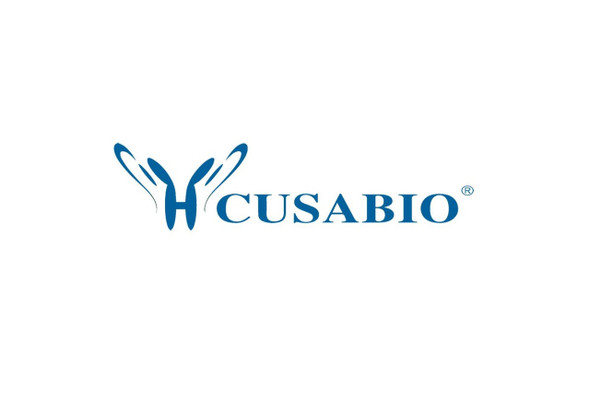Cusabio Active Proteins
Recombinant Human Growth/differentiation factor 5 (GDF5) | CSB-AP005981HU
- SKU:
- CSB-AP005981HU
- Availability:
- 5 to 10 Working Days
Description
Recombinant Human Growth/differentiation factor 5 (GDF5) | CSB-AP005981HU | Cusabio
Protein Description: Full Length of Mature Protein
Alternative Name (s) : BMP14, CDMP1, GDF-5, BMP-14, CDMP-1, LAP-4, LPS-associated protein 4, Radotermin
Gene Names: GDF5_HUMAN
Research Areas: Signal Transduction
Species: Homo sapiens (Human)
Source: E.Coli
Tag Info: Tag-Free
Expression Region: 382-501aa
Sequence Info: APLATRQGKR PSKNLKARCS RKALHVNFKD MGWDDWIIAP LEYEAFHCEG LCEFPLRSHL EPTNHAVIQT LMNSMDPEST PPTCCVPTRL SPISILFIDS ANNVVYKQYE DMVVESCGCR
Biological Activity: Fully biologically active when compared to standard. The ED50 as determined by inducing alkaline phosphatase production of murine ATDC5 cells is less than 1.0 μg/ml, corresponding to a specific activity of > 1000 IU/mg.
MW: 13.6 kDa
Purity: > 95 % as determined by SDS-PAGE and HPLC analyses.
Endotoxin: Less than 0.1 EU/µg as determined by LAL method.
Relevance: Growth factor involved in bone and cartilage formation. During cartilage development regulates differentiation of chondrogenic tissue through two pathways. Firstly, positively regulates differentiation of chondrogenic tissue through its binding of high affinity with BMPR1B and of less affinity with BMPR1A, leading to induction of SMAD1-SMAD5-SMAD8 complex phosphorylation and then SMAD protein signaling transduction (PubMed:24098149, PubMed:21976273, PubMed:15530414, PubMed:25092592) . Secondly, negatively regulates chondrogenic differentiation through its interaction with NOG (PubMed:21976273) . Required to prevent excessive muscle loss upon denervation. This function requires SMAD4 and is mediated by phosphorylated SMAD1/5/8 (By similarity) . Binds bacterial lipopolysaccharide (LPS) and mediates LPS-induced inflammatory response, including TNF secretion by monocytes (PubMed:11276205) .
PubMed ID: 7980526; 7961761; 11780052; 15489334; 8589725; 11276205; 15530414; 18339631; 19956691; 21976273; 24098149; 25092592; 26643732; 22828468; 19229295; 9288098; 12121354; 14735582; 16222676; 16127465; 16532400; 16892395; 17384641; 18629880; 18203755; 18283415; 20683927; 25820810
Notes: Repeated freezing and thawing is not recommended. Store working aliquots at 4℃ for up to one week.
Function:
Involvement in disease:
Subcellular Location:
Protein Families:
Tissue Specificity:
Paythway:
Form: Lyophilized powder
Buffer: Lyophilized from a 0.2 µm filtered concentrated solution in 30 % Acetonitrile and 0.1 % TFA.
Reconstitution: We recommend that this vial be briefly centrifuged prior to opening to bring the contents to the bottom. Please reconstitute protein in deionized sterile water to a concentration of 0.1-1.0 mg/mL.We recommend to add 5-50% of glycerol (final concentration) and aliquot for long-term storage at -20℃/-80℃. Our default final concentration of glycerol is 50%. Customers could use it as reference.
Uniprot ID:
Uniprot Entry Name: P43026
HGNC Database Link: N/A
UniGene Database Link: N/A
KEGG Database Link: N/A
STRING Database Link: N/A
OMIM Database Link: N/A






